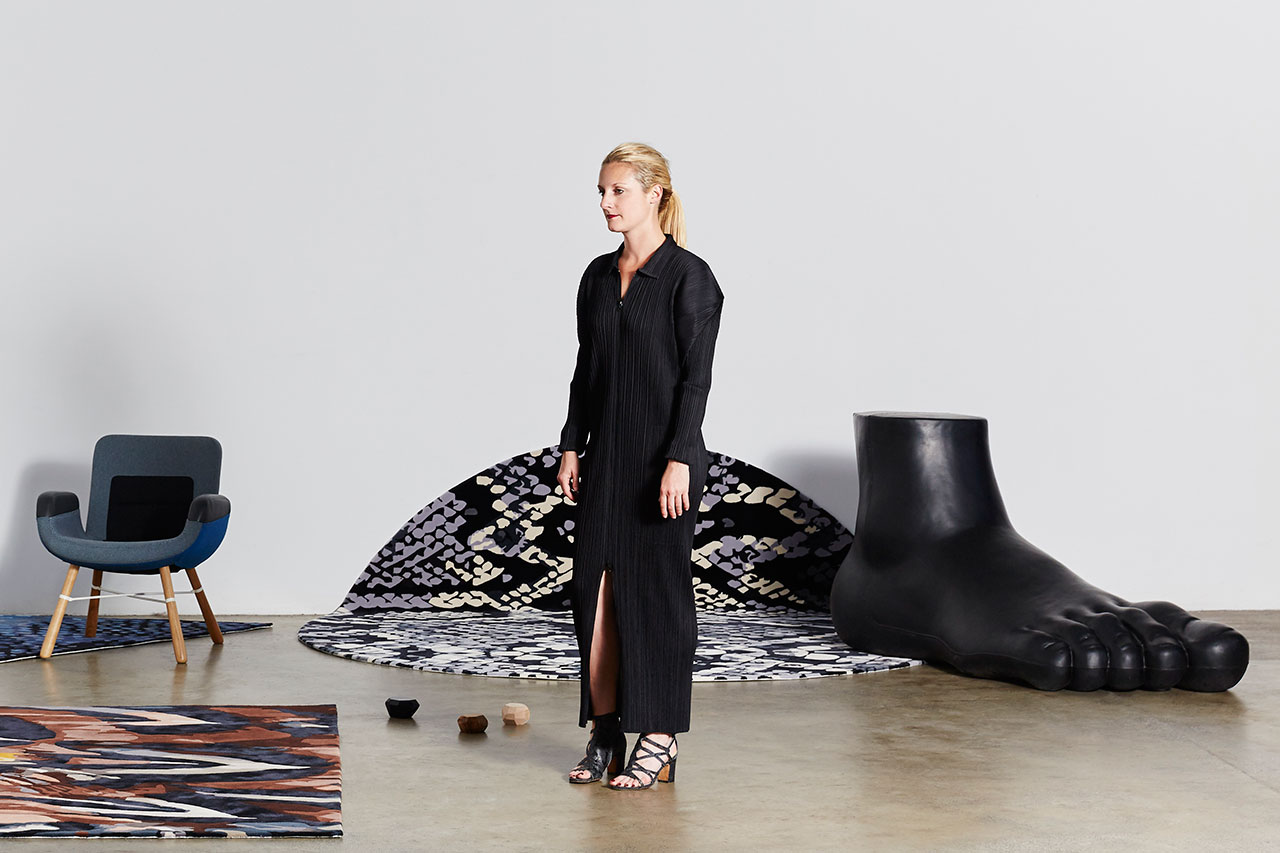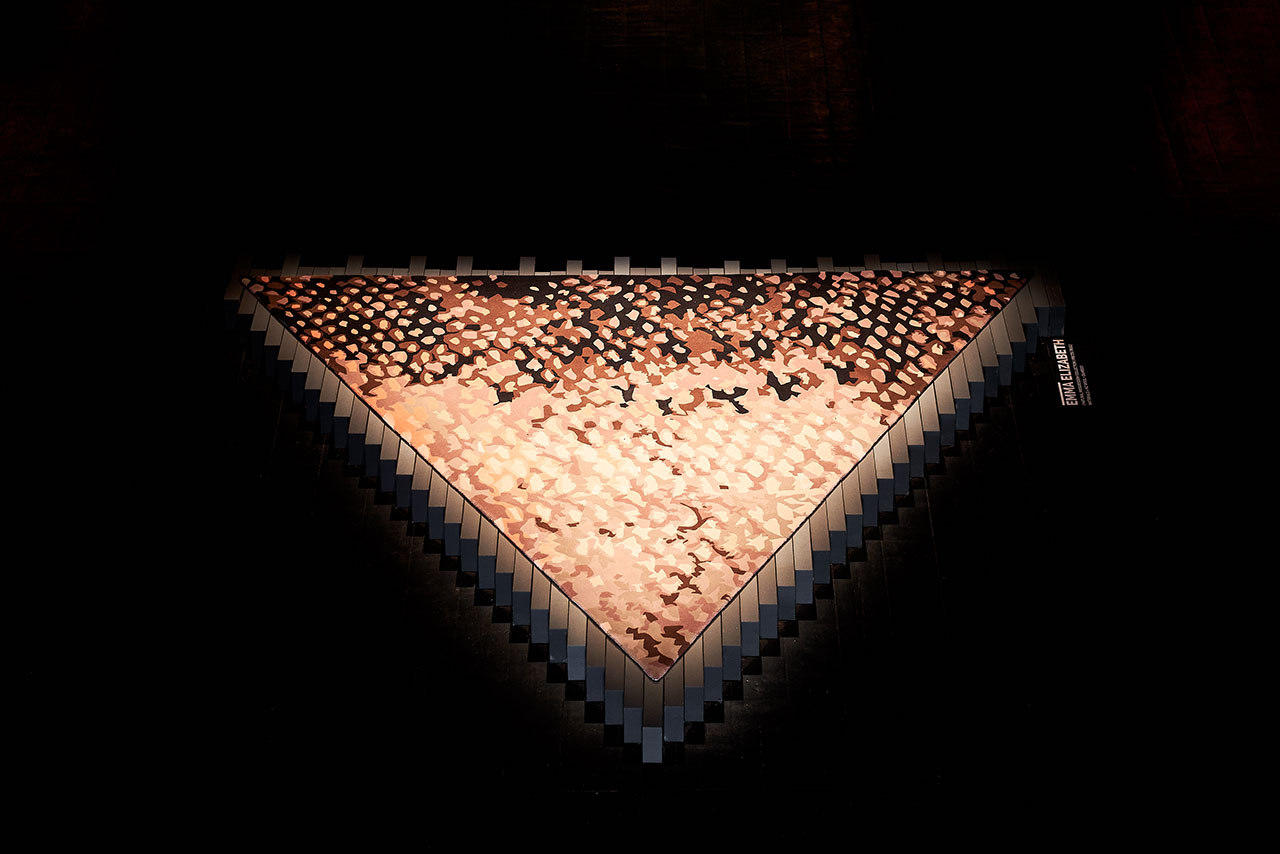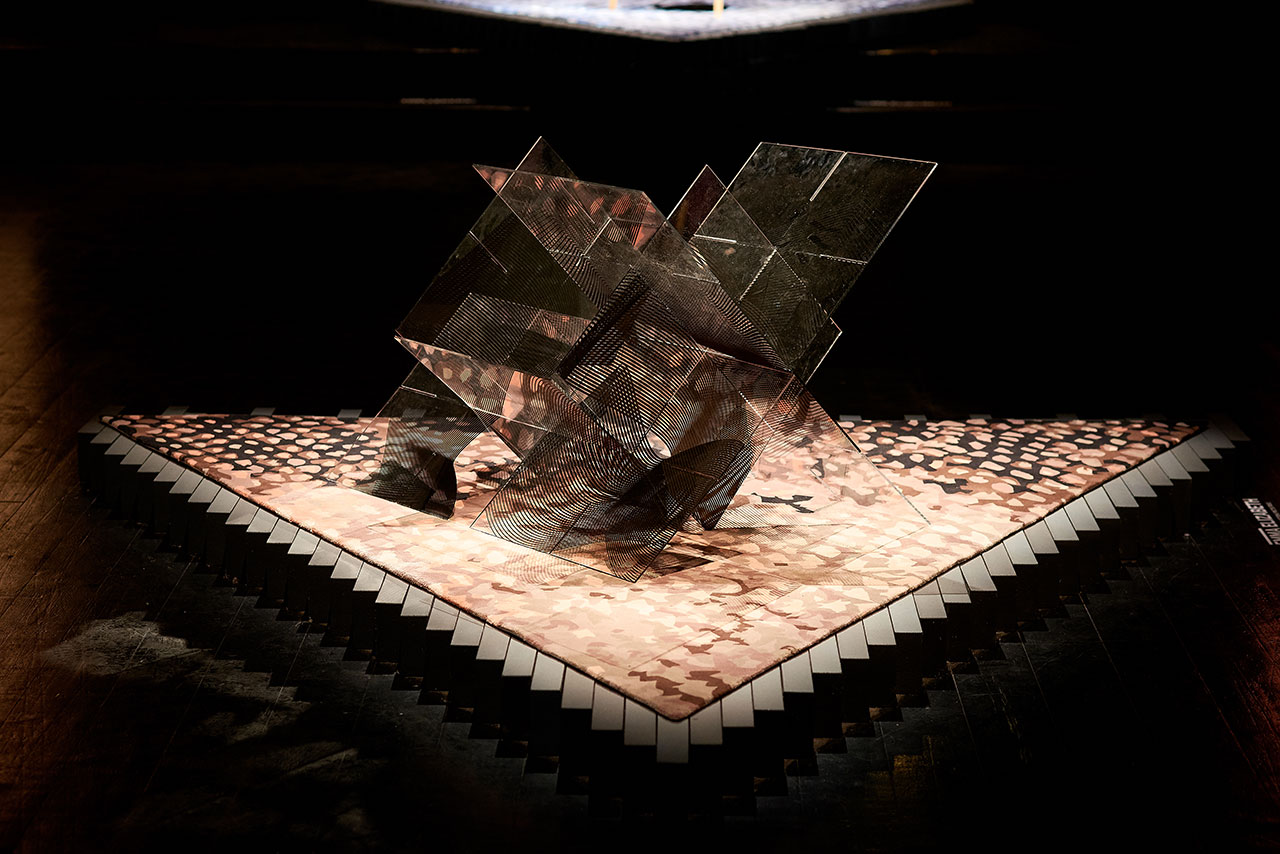News feed

Local Design co-creator and co-curator of Australia’s first Salone del Mobile showcase, Emma Elizabeth
CREDIT: Supplied
At just 31-years-old, Elizabeth is something of a Salone veteran and has been attending the fair for over a decade since her time spent studying scenography at Milan’s IED branch. Returning to Australia in her early 20s and working since then in a variety of creative disciplines within the design industry, Elizabeth last year founded Local Design with her brother, James Coffey. The initiative acts as a hub for local designers to not only develop a profile but to sell their wares.
Having started a dialogue between clients and makers on a small scale, Elizabeth and co-curator Tom Fereday last year decided to mount the first showcase of Australian design of its kind at Salone to bring attention to Australia’s vibrant design community. In a 13th century church on Via Torino, a stones throw from the Duomo in the city’s vibrant Cinque Vie district, Elizabeth and Ferreday assembled a dozen designers for a showcase of new Australian work titled ‘Local Milan’.
Individually spotlit against complete darkness and raised on makeshift alters made of 5,000 Brickworks bricks that the team carried and laid themselves by hand, each work exhibited rose to the occasion, many taking on the sublime quality demanded by their surroundings. Never before have we wanted so badly to worship at an altar made of an ottoman, or a triangular rug.
Here, the ebullient polymath reflects on returning to her formative stomping ground with a new mission to fly the flag for our best and brightest.
Can you begin by telling us a bit about your involvement in this project? What drove you to create this showcase of young Australian designers, and bring it to Salone for the first time? “We decided we’d do an exhibition here in Milan with different designers from different mediums. Each contributor works full-time in their craft so we wanted a variety – from lighting to textiles to furniture. I’m also showing two of my new rug collections: Pisces, from a Natural Progression collection, so there’s three kind of textiles – one snakeskin, one feathers, and one fish scales. The idea is that the textiles remain the same and you can customise the shape. They’re all custom made by Designer Rugs so you can pick the colours, size, and form for the same price. I don’t know why I worked with the triangle [shape], I just liked the idea of slicing through an aspect of a fish and you don’t see too many triangular rugs! [Laughs]
When we arrived, we worked with Brickworks as a sponsor, who supplied 5,000 black bricks that we brought in by hand from a cherry picker truck who dropped them at the front. So then myself and the industrial designers brought them inside by hand over four days. And on Monday we’ll have one day to remove them!”

Elizabeth’s work as part of Local Design’s Salone del Mobile showcase in Milan’s Teatro Arsinale
CREDIT: Fiona Susanto/Supplied
What has been the reception been like from the Italian and international markets? “One the first day, we were chosen by Vogue Italia, L’Uomo Vogue and Corriere della Sera as one of their top picks from the show. I think that’s because Australia has never really had a solid presence. There’s always a series of great Australian designers who have shown individually, and I’ve shown individually in the past, but there has never been a really strong independent collective.
Last year, we presented the designers that I had selected to the committee at Cinque Vie [5vie] and they were like ‘Great, you’re in, here are you options for spaces’, and as soon as I saw this I was like, ‘Done!’ I also work as a stylist for experiential events so with my skills [combined with] the industrial designers’ skills we were able to pull this together. It’s about creating a sensory experience, with the light, the music and Aesop scents, so it’s an experience quite far removed from the Schoolies week happening in Tortona and everywhere else. It’s nice that people come in, take a moment, and come away not quite believing that we’re Australian.”
Why do you think that is? “They’re not used to seeing a presence like this at the show and, as they’ve said, we’re super foreign and quite young as a generation.
“I mean, the church that we’re in is older than Australia, so I think the experience of showing here is a big coup for Australian design in general.”
The show appears to be an interrogation of and an introduction to what exactly constitutes a uniquely Australian design sensibility. Do you think there’s a unifying quality to these works that makes them quintessentially ‘Australian’? “I think Australians take a mix from everything, so we wanted to make a strong statement and assert our aesthetic against [readily identifiable styles like] the Danish, the Swedish and the English aesthetics. But we really are a mixture of everything and I hope this helps people understand what our aesthetic is.”
You mentioned that you’ve shown here before. What has been your experience of Salone in the past and how does it differ from what brings you here today? “I’ve been coming to the show since I was about 18, so I’m used to seeing all the different exhibitions, what works and what doesn’t work which helped us to work closely with the designers [to edit their work]. For example, the youngest designer we have here is Rachel Vosila who completed a project called ‘One A Week’ last year where she created a chair each week for a year. Tom and I worked with her to pick her best one and said, ‘Let’s commercially resolve this’. So she has done really well to pull that off in a limited amount of time!”

Elizabeth’s designs shown alongside co-exhibitor Kate Banazi’s work
CREDIT: Fiona Susanto/Supplied
As an observer and participant in Salone for a decade now, what has this experience and being involved on different scales taught you? “What I’ve learned over the years is that there are some incredible designers, and some incredible makers but you need to swap talents in a way. There’s a great mix of self-makers and collaborators, which gives you the best quality, I think.
Years ago I did a video blog called The Design Blog born of a desire to see really good video content. Essentially, I vlogged at all the design events, and ran around at the parties asking people questions. I did that for two years and ended up going to every design show around the world, and met designers like Marcel Wanders and Philippe Starck. They’re all normal people, and I think through that conversation I just learned and saw so much, and this was pre-Instagram and pre-FaceTime, seven or eight years ago now.”

“I think the show was better then because no one was looking through their phones. I’m glad I’ve been able to see it through two generations.”
CREDIT: Fiona Sunsato/Supplied
That was very prescient of you. You must be a very good fortuneteller then. What do you think will be the next big chapter in Australian design, what challenges do we need to overcome? “We are really, really isolated but what we’ve been trying to convey to people here this week is that when we buy and sell furniture it takes six to eight weeks to ship. So I think the exporting shipping system really needs to change if we’re to expand. I think that the market we’re really about to boom in is the Asian market, and I think they really appreciate our aesthetic and [initiatives like this] will really help that. The first we’ve had this week was with the buyers from [influential department store] Lane Crawford in Hong Kong, which speaks volumes I think.
Milan has changed so much in ten years. It’s quite incredible how international it has become and I wish I lived here now! I can remember visiting years ago and everyone experienced things for what they were, but [it’s different] now with social media. I think the show was better then because no one was looking through their phones because you had to physically be there. I’m glad I’ve been able to see it through two generations. You need to create an experience and emotion so people remember it, as opposed to just scrolling through vignettes.”
If you were to give a piece of advice to your younger self, living in Milan ten years ago and about to embark on a career in the design industry, what would you say? “When I first started making products, everyone used to say that it was too European and that the Australian market wouldn’t get it. So I think you just need to create what you’re comfortable creating, don’t listen to the trends and do your research because there’s a lot of same-same out there, not by intention but by the sheer magnitude of stuff out there.
“To be completely original is extremely tough, but you just need to go for it.”
“I personally would’ve liked to have worked underneath someone to start with, because I guess then you could learn business and creative practice from someone [whereas] I’ve had to learn it ad-hoc, so I think for young designers it’s not a bad idea to work with someone. It’s not as glamorous as some would have you think it is.”
COVER IMAGE: Supplied









